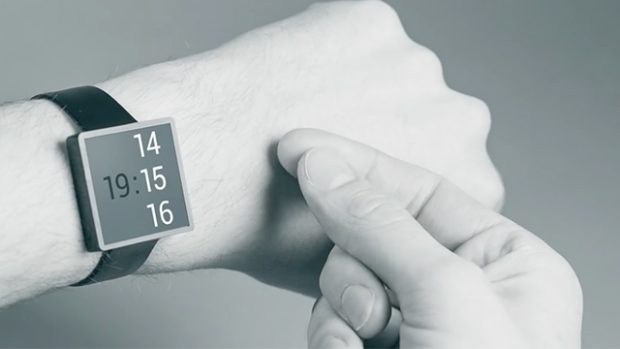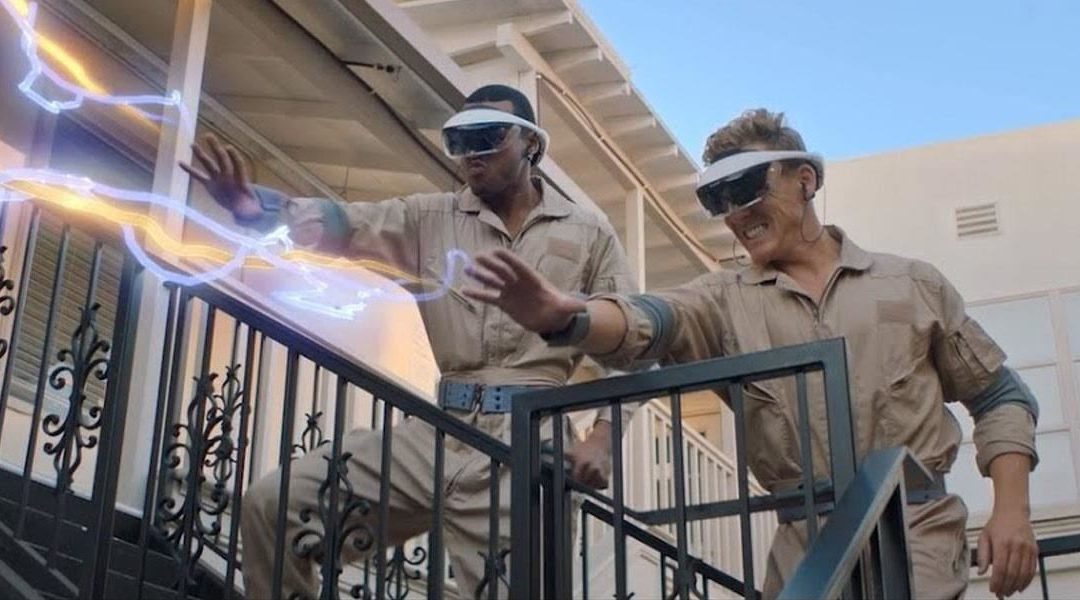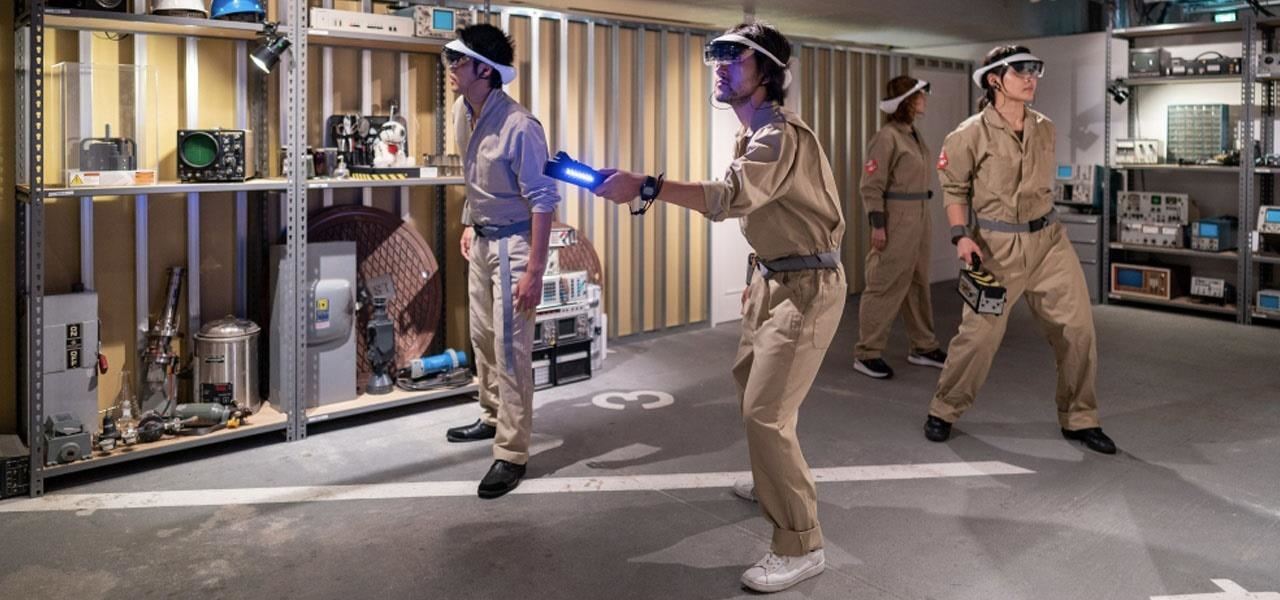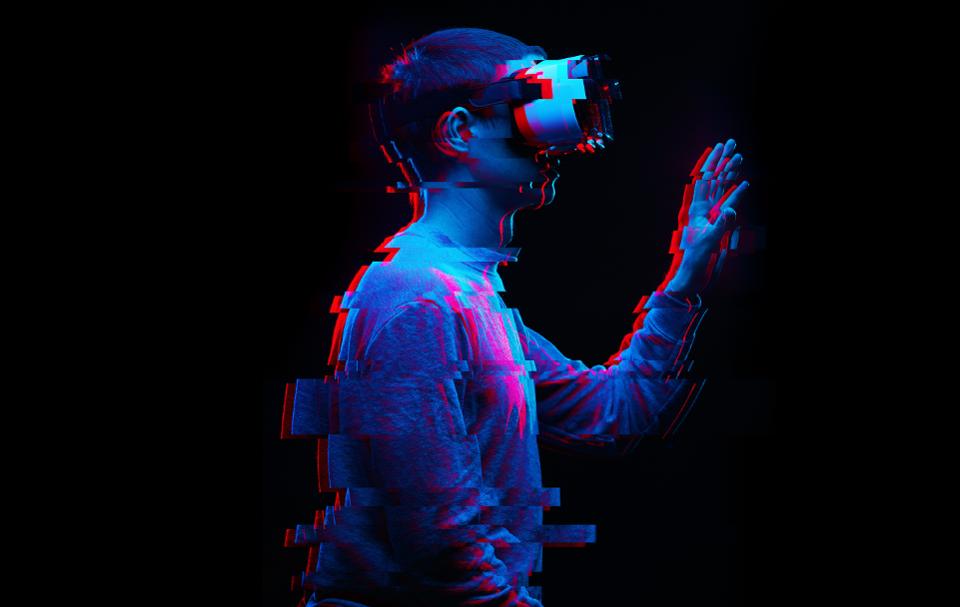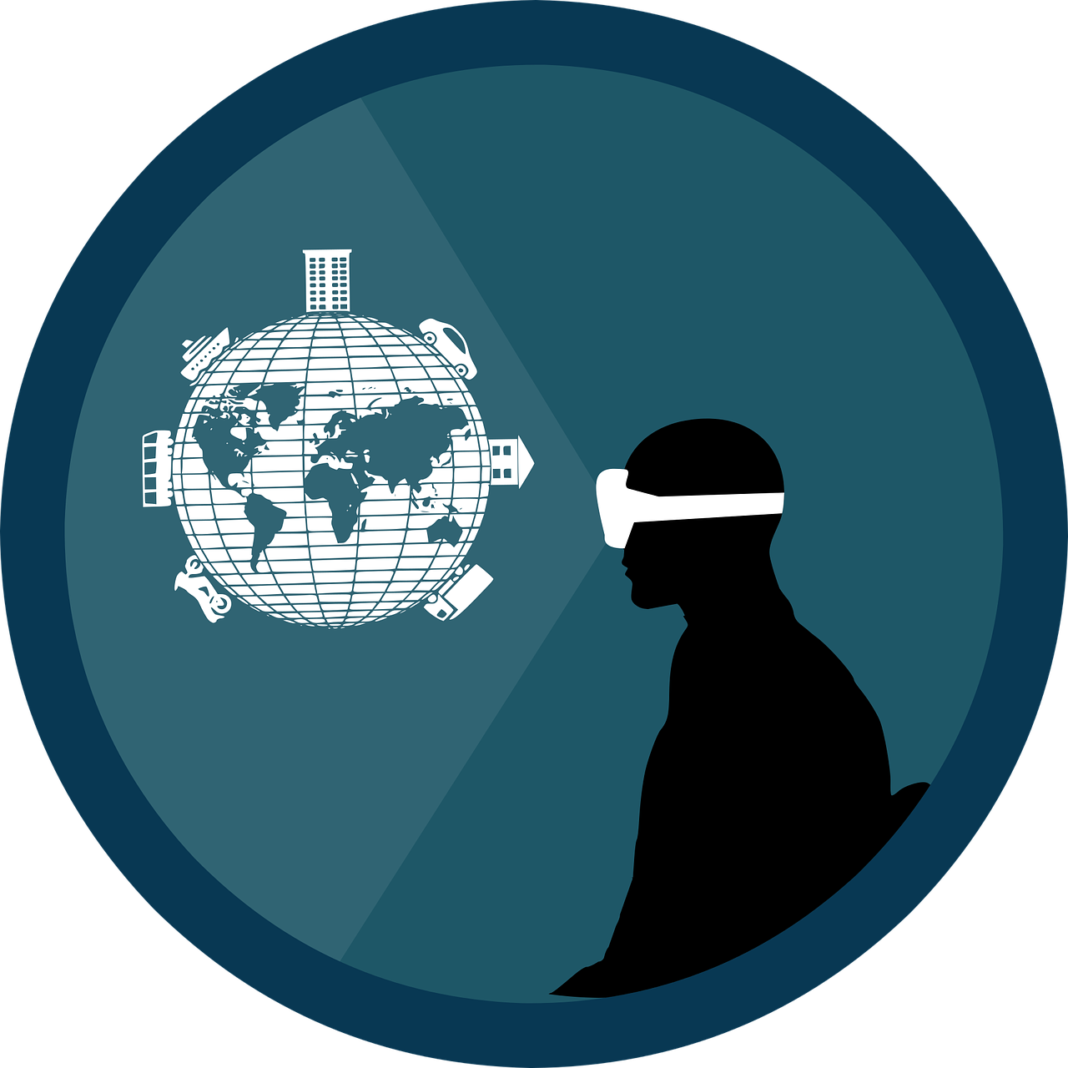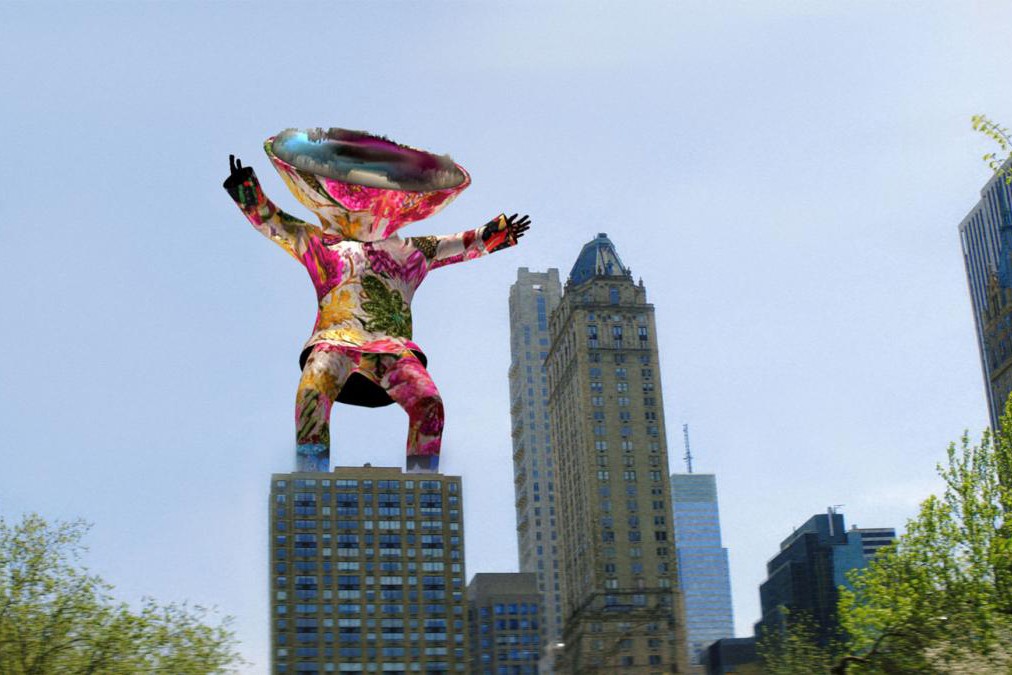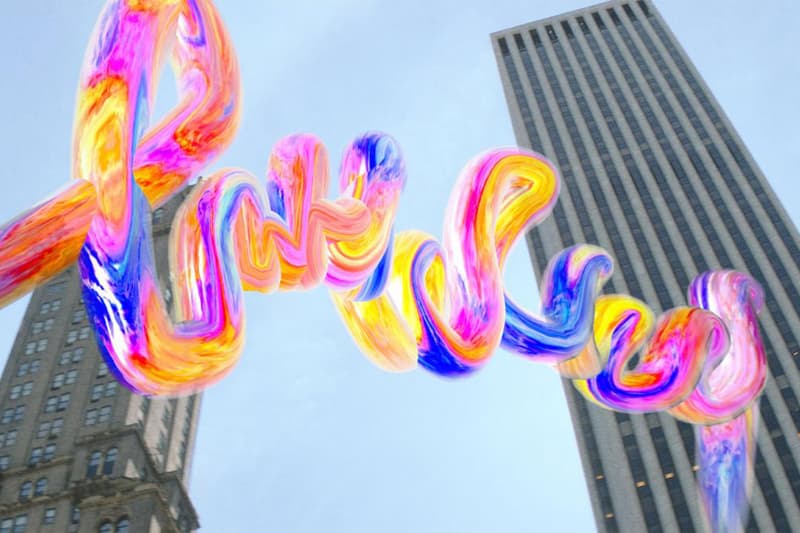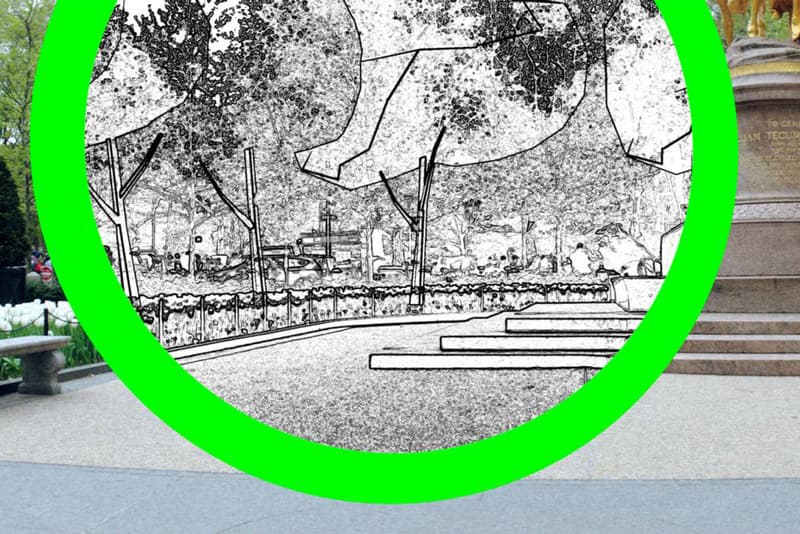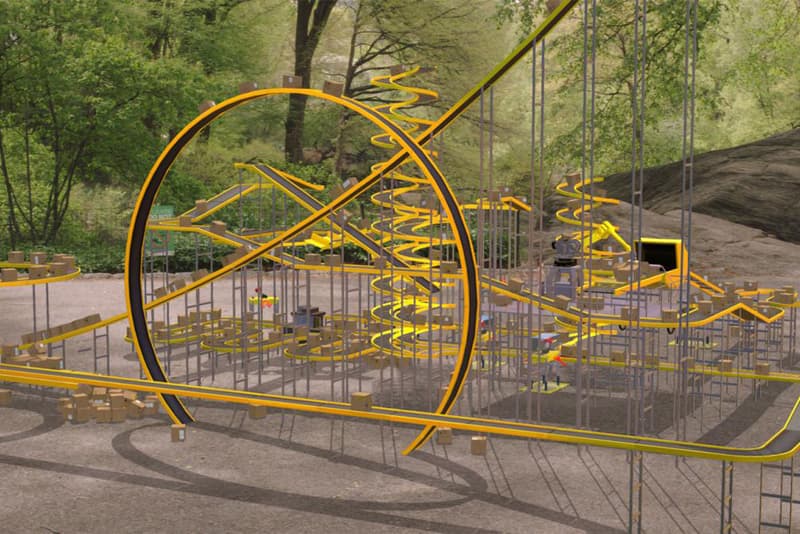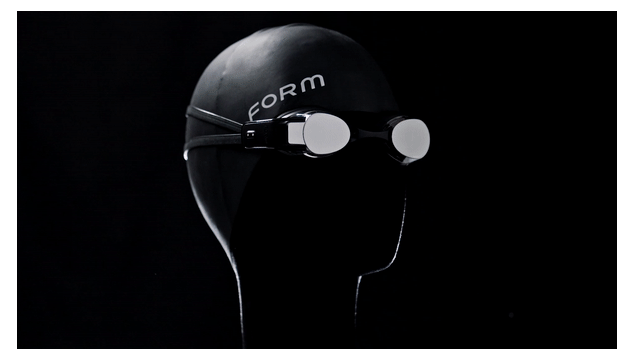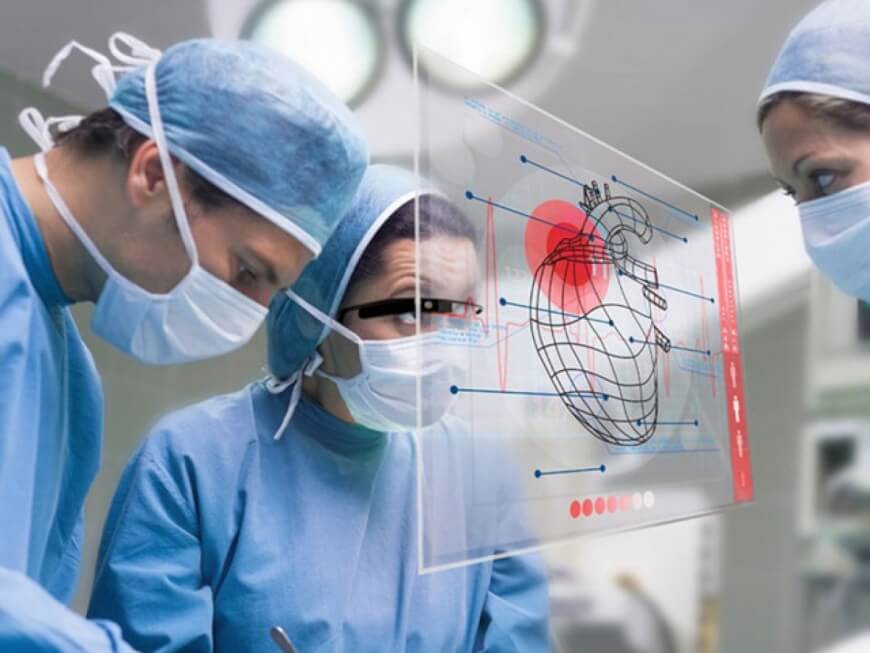La multinazionale americana della consulenza (in collaboraz. con G20 Young Entrepreneurs Alliance) ha analizzato l’impatto economico e sociale dell’Extended Reality. Emerge che aumenterà il valore dei lavoratori e la loro produttività. In media, il 21% dell’orario di lavoro potrebbe potenzialmente essere incrementato dall’uso di Xr, raggiungendo oltre il 30% nell’ambito dei servizi sanitari e sociali, nella produzione e nell’edilizia.
L’Extended Reality, cioè la tecnologia che comprende la realtà virtuale (vr) e quella aumentata (ar), ha un potenziale straordinario sia in termini di benefici economici che sociali: offre opportunità di business ed esperienze rivoluzionarie ai consumatori, ma implica anche in una certa misura la presenza di rischi, sia per la società nel suo complesso che per il singolo individuo.
L’Extended Reality permette una connessione più intuitiva, in grado di collegare i nostri sensi naturali con il mondo che ci circonda e le aziende, start-up in primis, stanno sperimentando metodologie sempre più all’avanguardia per esaltare queste esperienze coinvolgenti che sollecitano tatto, gusto e olfatto. Un ulteriore elemento su cui si basa l’unicità di questa tecnologia è il modo in cui i nostri pensieri vengono utilizzati: svolgono, infatti, un ruolo fondamentale nel controllo del mondo fisico, attraverso la traduzione delle onde cerebrali in segnali digitali.
Numerose aziende stanno già sperimentando i benefici prodotti da questa nuova realtà digitale, attestando miglioramenti nella produttività e nella formazione dei dipendenti in molteplici settori. Si prevede ad esempio che la spesa per quest’ultima, condotta utilizzando vr/ar, incrementerà del 46% (cagr) tra il 2018 e il 2023, raggiungendo gli 8 miliardi di dollari. Anche i mutamenti sociali sono evidenti: lo Xr, ad esempio, può contribuire all’educazione di bambini e ragazzi, accompagnandoli in luoghi che non hanno mai visto, fornendo terapie per persone con disabilità fisiche o psicologiche e aiutando gli operatori sanitari ad apprendere nuove competenze. Accenture, ad esempio, ha sviluppato un’esperienza vr pluripremiata per gli operatori sanitari impegnati nel settore del benessere infantile.
L’indagine mostra inoltre che l’Extended Reality aumenterà il valore dei lavoratori oltre che la loro produttività mediante il rapporto di collaborazione instaurato tra uomo-macchina. In media, il 21% dell’orario di lavoro potrebbe potenzialmente essere incrementato dall’uso di Xr, raggiungendo oltre il 30% nell’ambito dei servizi sanitari e sociali, nella produzione e nell’edilizia.
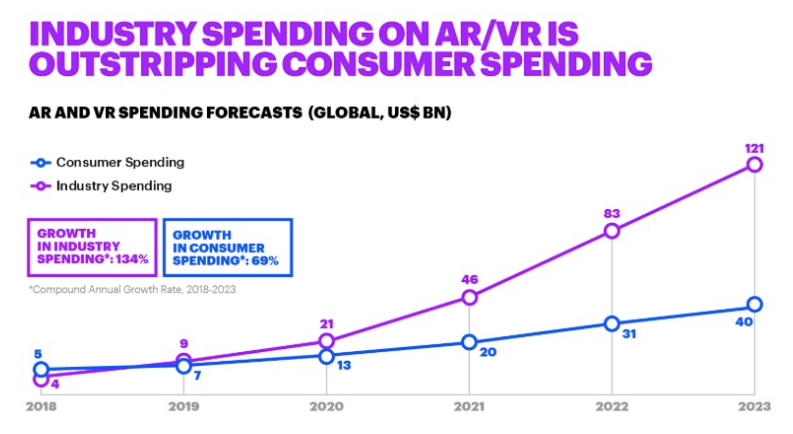
La crescente consapevolezza rispetto alle potenzialità dell’Extended Reality è dimostrata dal fatto che gli investimenti aziendali in questa tecnologia stanno superando la spesa effettuata dai consumatori. Secondo una stima di Idc, arriverà a valere tre volte tanto entro il 2023, raggiungendo i 121 miliardi di dollari. Al contempo l’indagine condotta da Accenture mostra che il numero di domande di brevetto per ar e vr è quasi quintuplicato tra il 2014 e il 2016, superando le 6.000 richieste, mentre nello stesso periodo i finanziamenti per le start-up sono cresciuti del 237%.
Nonostante le opportunità rappresentate da questa innovazione, lo studio rileva che la forza e l’eccezionalità delle esperienze rese possibili dalle tecnologie di Xr possono tuttavia portare dei rischi. Ad esempio l’utilizzo improprio dei dati personali, poichélo Xr potrebbe esporre i sentimenti, i comportamenti e le informazioni sensibili del singolo ai giudizi, al furto e alla manipolazione, in misura esponenzialmente maggiore rispetto a quella esercitata dai social media che tutti noi conosciamo; ma anche la cyber security, dal momento che non solo gli avatar potrebbero essere utilizzati per creare nuove forme di criminalità legata all’identità, ma alcuni compiti di importanza cruciale, come la chirurgia, che diventano dipendenti da tecnologie immersive, potrebbero essere a rischio di estorsione. Inoltre, quando si vive un’esperienza virtuale come quella proposta dall’Extended Reality, diventa più difficile distinguere la realtà dalla finzione, rendendo più semplice influenzare profondamente comportamenti, opinioni e decisioni. Infine, preoccupa il comportamento antisociale dei cosiddetti troll, ovvero identità artificiose, che potrebbero passare dall’intimidire con le parole, come accade attualmente sui social media, all’intimidire fisicamente le persone in un mondo virtuale tramite gli avatar.
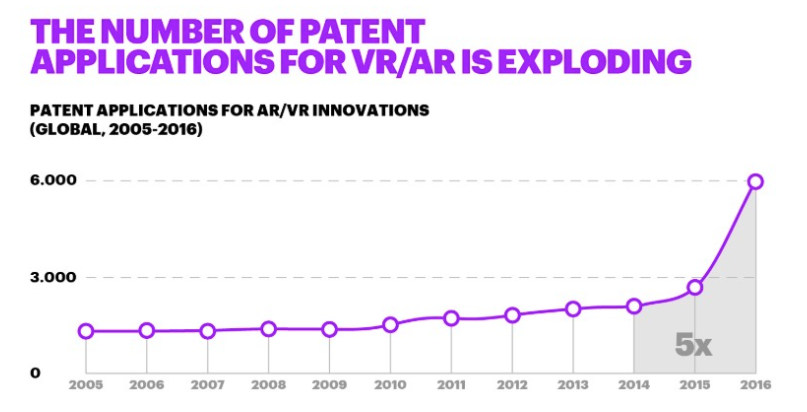
Secondo Accenture, le strategie prioritarie che le imprese devono mettere in atto per poter trarre vantaggio da questa innovativa tecnologia senza amplificarne i rischi includono, in primis, l’adozione di una cultura della responsabilità sin dalle prime fasi di progettazione di servizi e prodotti che utilizzano lo Xr, per essere in grado di tenere il passo con l’andamento rapido dell’innovazione; definire un ecosistema di partner con cui lavorare, come neuroscienziati, esperti di salute mentale, sociologi e teorici del comportamento. E infine, destinare gli investimenti Xr al miglioramento della produttività, della formazione e della creatività dei lavoratori.
Lo studio non trascura nemmeno la necessità da parte dei decisori pubblici di inserire questo tema nella propria agenda, suggerendo alcune iniziative che possono essere messe in atto sin da ora, come garantire un accesso inclusivo e a prezzi accessibili a questa tecnologia ampliando nuove e potenti infrastrutture (come le reti 5G) al fine di rendere le esperienze di Xr disponibili e a prezzi adeguati, in particolare per la fornitura di servizi sanitari, educativi e sociali. Inoltre sarebbe opportuno incentivare innovatori e attività imprenditoriali a livello locale, consentendo alle piccole imprese non solo di utilizzare gli strumenti e le esperienze offerte dall’Extended Reality, ma anche di partecipare al loro sviluppo, garantendo soluzioni rilevanti. O, ancora, stimolare la ricerca e la discussione, riunendo esperti di settori e discipline diverse per costruire la comprensione e i principi necessari che consentano all’innovazione in materia di csr di prosperare nel rispetto di adeguate misure di salvaguardia.
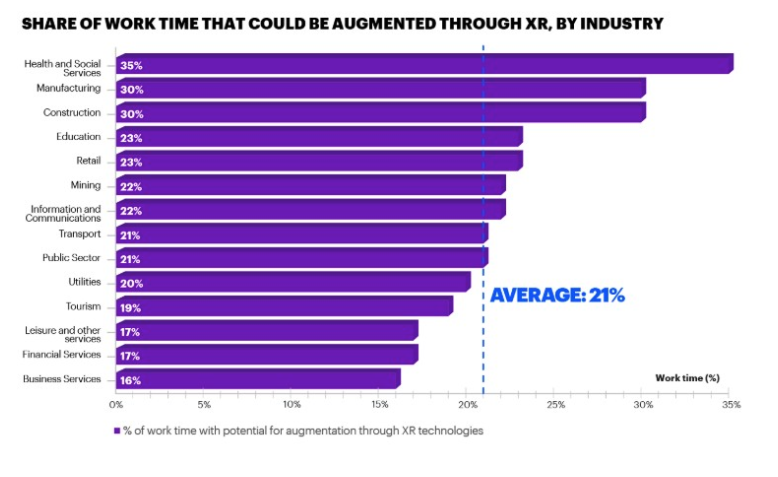
Per cogliere nella loro interezza i vantaggi offerti dalle nuove tecnologie, senza tralasciare il benessere dell’individuo e della società, è necessario, quindi, essere precursori e innovatori, non permettendo alle continue evoluzioni che interessano il nostro mondo di sopraffarci, ma elaborando sistemi sempre più all’avanguardia che ci consentano di sviluppare al meglio le nostre capacità e il nostro futuro.

